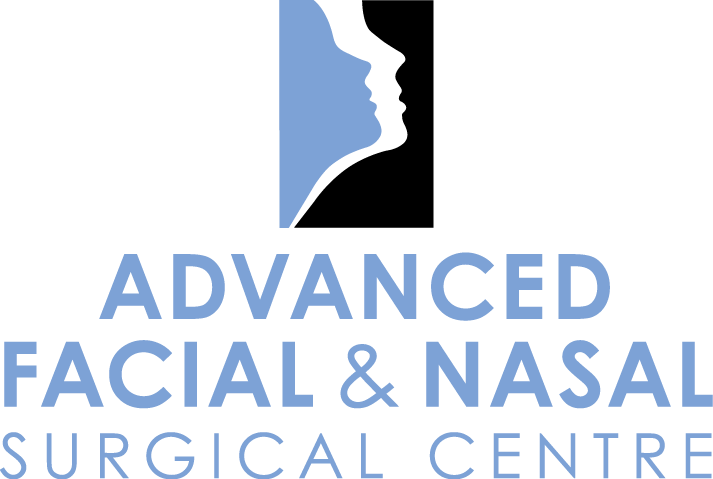As a surgeon, my number one goal for my patients is that any procedure I do will be safe, predictable, and based in science and physiology. Many things in life are predictable – sunrise – sunset – freezing weather in Edmonton in January. Unfortunately, many treatments in the field of cosmetic medicine and surgery are not. Fads come and go, sometimes with dire results for the patient. However, if we stick with well-researched and developed products and strategies, and use them in a thoughtful, conservative fashion, we should achieve aesthetically pleasing, long lasting results.
Juvederm Voluma is an example of bioscience meeting biochemistry. Juvederm Voluma is a highly concentrated crossed-linked hyaluronic acid, perfectly suited for volume replacement in deep cheek and nasolabial folds. Its effects are immediate and long lasting – up to a year- and if used properly, very safe. Juvederm has an excellent safety record. FDA approved in 2006, it has been used in thousands of patients, with no significant toxicity. However, if injected too superficially or on areas of very thin skin, i.e. “tear trough” below the eye, it may result in a visible bluish-grey discoloration due to the “Tyndall effect” - the scattering of light through the Juvederm. The lower eyelid is anatomically complex. Very thin skin fuses with a dynamic and well-vascularised muscle. Thus, injecting in this area can be extremely problematic. I am usually reluctant to inject this area and in the rare instance I do, I inject very conservatively – small amounts, slowly. Because of its cross linking, Juvederm Voluma is not suitable for this anatomic area. Lips are another area that can be augmented with Juvederm; however, we need to again be conservative and use the correct product and amount. I have found Juvederm Ultra plus XC to be excellent filler for the lips.
As many women age, the muscle of the lip – the obicularis oris- undergoes atrophy. This leads to a thinning or reduction of vertical height of the lip and a loss of lip definition with an increase in vertical wrinkles or fissures. Proper use of fillers in this area will correct this problem. Usually 0.4cc into the red lip – white lip junction with attention to creating a well-defined “cupids bow” for the upper lip with 0.2 – 0.4 cc’s for the lower lip will create a well-defined lip without the over-filled, pouty appearance many women fear.
In summary, if we choose the right therapeutic solution for the defined cosmetic problem, a solution that is well researched, tested and safe – and use it appropriately, the end result should be an aesthetically pleasing, natural cosmetic appearance.
Spring will be here shortly; stay warm!
Dr. Keohane

